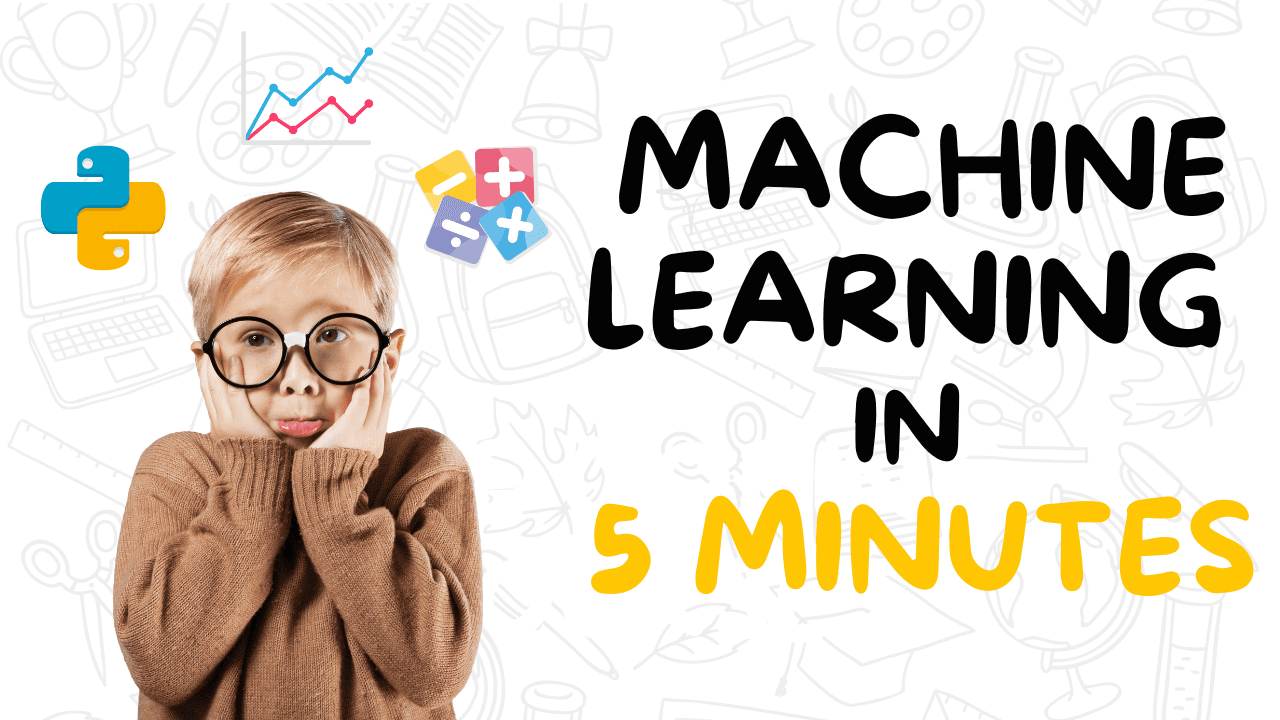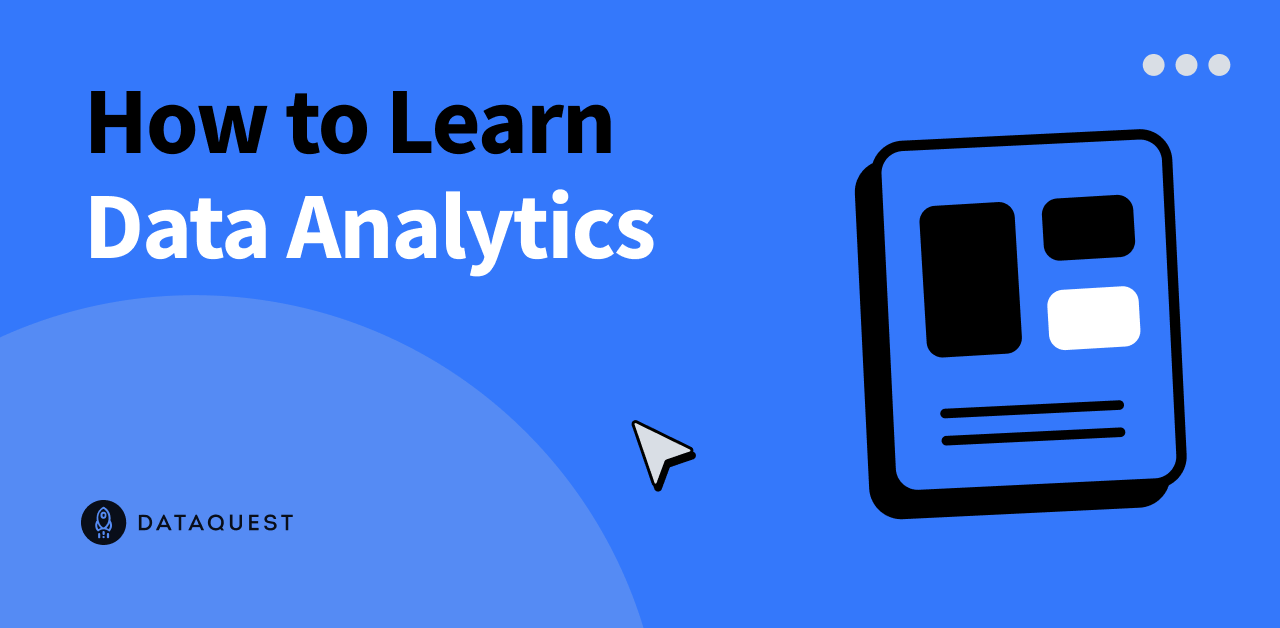A Prelude
DevOps teams are always looking for better ways to measure and improve their performance. While DORA metrics are widely accepted, there are alternative approaches that offer a broader view of developer productivity. Enter the SPACE framework, designed to provide a comprehensive evaluation of software delivery and operational performance. By taking into account a wider range of factors, the SPACE framework offers a holistic view that can help guide DevOps teams towards continuous improvement.
What is SPACE?
SPACE stands for Software Productivity Assessment Continuous Evolution. It was developed in collaboration with Google Cloud, reflecting a broader industry and cloud-native perspective. Unlike DORA metrics, which focus mainly on the software delivery pipeline, SPACE takes a holistic approach, considering software delivery, operational performance, IT processes, system availability, change efficiency, and end-user experience.
SPACE (Software Productivity Assessment Continuous Evolution) is a framework developed in collaboration with Google Cloud. Unlike the DORA metrics, which primarily focus on the software delivery pipeline, SPACE takes a more holistic approach. Here’s what you need to know:
Definition:
SPACE stands for Software Productivity Assessment Continuous Evolution.
It aims to provide a comprehensive evaluation of an organization’s software delivery and operational performance.
Broader Perspective:
While DORA metrics concentrate on specific aspects like deployment frequency, lead time, change failure rate, and time to restore service, SPACE casts a wider net.
It considers not only software delivery but also:
Operational efficiency
IT processes
System availability
Change efficiency
End-user experience
Industry and Cloud-Native Perspective:
Developed in collaboration with Google Cloud, SPACE reflects a broader view that aligns with industry trends and cloud-native practices.
In summary, SPACE provides a more comprehensive evaluation of the entire IT organization, going beyond the confines of software delivery metrics. It’s a valuable tool for organizations seeking continuous improvement and a holistic understanding of their performance.
Key Differences between DORA and SPACE
DORA metrics are rooted in empirical research and emphasize deployment frequency, lead time, change failure rate, and time to restore service. In contrast, SPACE offers a broader perspective by incorporating aspects of software delivery, operational efficiency, and user experience, providing a more comprehensive evaluation of the entire IT organization.
Let’s explore the key differences between DORA metrics and the SPACE framework:
DORA Metrics:
Rooted in Empirical Research: DORA (DevOps Research and Assessment) metrics are based on rigorous empirical studies conducted by the DevOps Research team.
Focused Metrics: DORA metrics emphasize specific aspects of software delivery, including:
Deployment Frequency: How often code is deployed to production.
Lead Time: The time it takes to move from code commit to deployment.
Change Failure Rate: The percentage of failed changes.
Time to Restore Service: How quickly service is restored after an incident.
Narrow Scope: DORA metrics primarily focus on the software delivery pipeline.
2. SPACE Framework:
Holistic Approach: The SPACE framework takes a broader perspective, considering various dimensions beyond just software delivery.
Comprehensive Evaluation:
Software Delivery: SPACE evaluates software delivery practices.
Operational Efficiency: It assesses operational processes and efficiency.
User Experience: SPACE considers end-user experience and satisfaction.
Industry Collaboration: Developed in collaboration with Google Cloud, SPACE reflects industry trends and cloud-native practices.
A View of the Entire IT Organization: Unlike DORA metrics, which zoom in on specific metrics, SPACE provides a more comprehensive evaluation of the entire IT organization.
DORA Metrics:
Focus: DORA (DevOps Research and Assessment) metrics zero in on specific aspects of software delivery performance.
Key Metrics:
Deployment Frequency: How often code is deployed to production.
Lead Time: The time from code commit to deployment.
Change Failure Rate: The percentage of failed changes.
Time to Restore Service: How quickly service is restored after incidents.
Rooted in Empirical Research: DORA metrics are grounded in rigorous research.
2. SPACE Framework:
Holistic Evaluation:
Software Delivery: SPACE considers software delivery practices.
Operational Efficiency: It assesses operational processes and efficiency.
User Experience: SPACE factors in end-user satisfaction.
Industry Collaboration: Developed with Google Cloud, SPACE aligns with broader industry and cloud-native perspectives.
Comprehensive View: Unlike DORA’s narrow focus, SPACE evaluates the entire IT organization.
Pulling strings together, while DORA metrics provide valuable insights into specific delivery aspects, the SPACE framework offers a holistic view, guiding organizations toward continuous improvement across various dimensions.
Why Choose SPACE over DORA?
While both DORA and SPACE serve different aspects of organizational growth, they can be complementary. A team that scores well on SPACE metrics for efficiency and flow might find it easier to improve DORA metrics like lead time to change.
Let’s explore why choosing SPACE over DORA can be advantageous:
Complementary Perspectives:
DORA and SPACE serve different facets of organizational growth.
While DORA metrics focus on specific delivery aspects, SPACE takes a broader view, considering operational efficiency, user experience, and more.
Together, they provide a more comprehensive understanding of an organization’s performance.
Efficiency and Flow:
A team excelling in SPACE metrics (efficiency, flow, etc.) may find it easier to address specific DORA metrics.
For instance, if SPACE highlights efficient processes, it can positively impact DORA’s lead time to change.
Soft Factors Matter:
Beyond metrics, consider soft factors:
Team Morale: A motivated team performs better.
Communication: Effective collaboration enhances productivity.
Overall Well-Being: Happy teams are more productive.
SPACE encourages a holistic approach that includes these essential elements.
While DORA metrics provide valuable insights, SPACE offers a broader perspective. By combining both, organizations can create an environment where teams thrive, collaborate, and continuously improve.
Choosing Between DORA and SPACE:
Specific Needs and Goals: Organizations should select the framework that best aligns with their specific needs and goals.
Complementary Use: Combining elements from both can provide a nuanced understanding of DevOps maturity and performance.
Soft Factors Matter: Consider team morale, communication, and overall well-being alongside metrics.
Moreover, focusing on the soft factors like team morale, communication, and overall well-being can help create an environment where teams find it easier to collaborate and communicate, thereby improving productivity.
Conclusion
DORA and SPACE metrics serve different aspects of DevOps practices, with DORA offering a focused examination of software delivery performance and SPACE providing a more comprehensive evaluation, considering operational efficiency and end-user experience. Organizations may choose to adopt either framework based on their specific needs and goals or combine elements from both to gain a more nuanced understanding of their DevOps maturity and performance.
Choosing program management consultancy and embracing the SPACE framework can enhance the efficiency, resilience, and overall performance of global capability centers, driving continuous improvement and value delivery.
The post Looking for Alternatives to DORA Metrics? An Overview of the SPACE Framework appeared first on Datafloq.






















